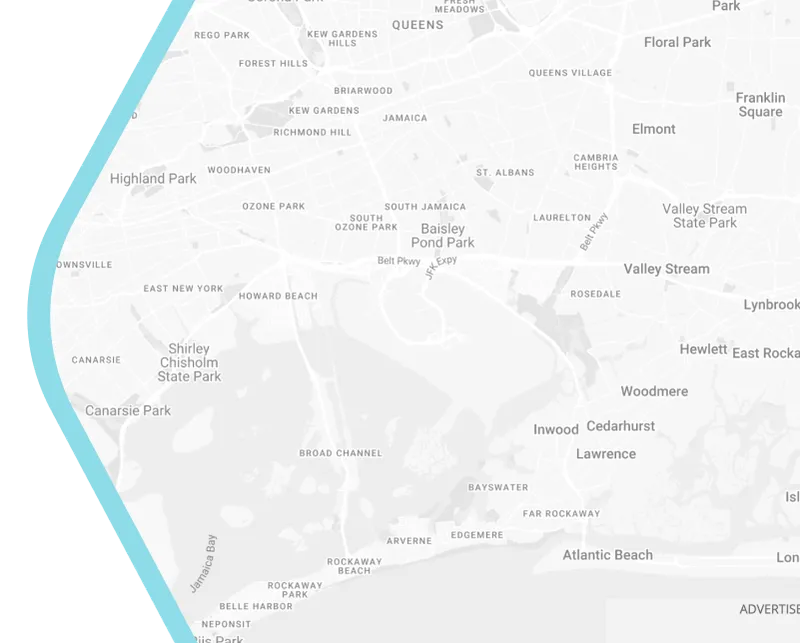
Adapting to Behavioural Changes in the City’s Public Space
With the advancement and change that technology brought to the urban landscape, how we use public space in urban context also changes. Streets, plaza, and parks used to be the main physical public space where people shared the city’s resources. However, with the rising sharing economies, the line between private and public space in the cities becomes blurrier. Airbnb changes how we share our house for short term rental and Uber changes the way we use roads.
Pasalar and Hallowell (2019) raised the concern of the changing function of our urban space. The increased use of technology and sharing economies may shift our human interaction to the digital world more so than the physical world that it may harm our social connectedness. Hence, adapting to the changes becomes crucial. Taking the shift of behaviour as a potential to redesign our public space.
One suggested example is the surge of ridesharing use can increase traffic congestion as the need to drop off and take in passengers in the curbside, however this can also mean that there is a potential to redevelop the subsequently vacant car parking space for a more productive use. Vacant car park areas can then be transformed into spaces that invite social interaction and activities such as parks, playground, outdoor dining, etc.
Reference:
Pasalar, C., & Hallowell, G. D. (2019). Sharing economies, technologies, and the changing nature of urban public space in medium-sized cities. Terr@ Plural, 13(3), 418-433.
